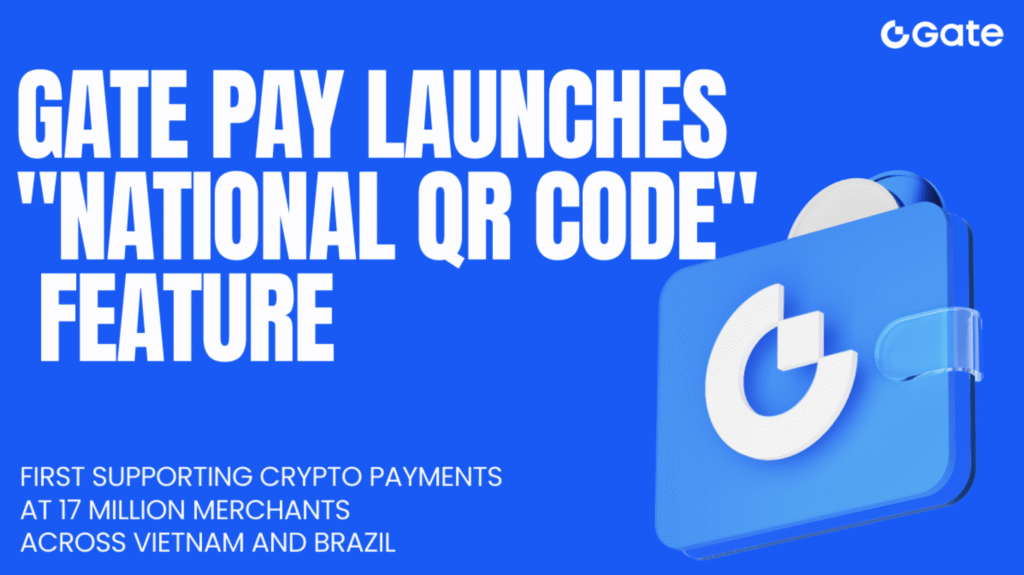Gate Pay Incorporates National QR Payments in Vietnam and Brazil, Enhancing Global Payment Accessibility
In an era where digital transactions represent the backbone of consumer convenience, Gate Pay has broadened its spectrum by integrating national QR payment options in two emerging markets: Vietnam and Brazil. This strategic move signifies a noteworthy expansion in their services, aiming to tap into the vast potential offered by these fast-growing economies. By harnessing the QR code technology, Gate Pay not only simplifies transactions but also amplifies its commitment to global financial inclusion.
Bridging the Gap in Payment Solutions
QR payments have surged in popularity due to their contactless nature, which enhances transaction safety—a vital feature in the post-pandemic era. With the integration of national QR code systems like ‘VietQR’ in Vietnam and ‘PIX’ in Brazil, Gate Pay is setting a new precedent in the ease of doing business across borders. These systems allow instant, near-field communication (NFC) payments that are versatile enough to accommodate the needs of both hefty businesses transactions and modest, everyday purchases.
Understanding the Move
Strategic Expansion in Emerging Markets
Vietnam and Brazil are among the fastest-growing economies with a burgeoning middle class and increasing smartphone penetration. By adopting the widely-used QR code technology within these regions, Gate Pay not only aligns itself with the digital habits of the citizens but also facilitates seamless and secure transactions for international businesses operating there.
Vietnam’s VietQR and Brazil’s PIX are homegrown solutions designed to support the respective country’s move towards digital payments, providing an infrastructural backbone that can handle a high volume of transactions reliably and efficiently. Gate Pay’s initiative to incorporate these systems stretches the boundaries of financial transactions making them more inclusive and accessible.
The Technical Edge
QR codes offer a unique blend of simplicity and security. They can store more data compared to traditional barcodes and are accessible to anyone with a smartphone, creating a low barrier to entry for users. The technology behind QR payments is sophisticated, involving encryption and tokenization to ensure that transaction details remain secure. By integrating this technology, Gate Pay ensures a robust mechanism against fraud, thus elevating user trust and satisfaction.
Impact on Local Economies
The implications of this integration for local businesses and consumers in Vietnam and Brazil are significant. Merchants can receive payments instantaneously, improving cash flow and operational efficiency. For consumers, it means an expanded array of payment options, fostering greater convenience and fostering a reduced dependency on physical cash, which aligns with the governmental policies pushing for digital economies.
Looking Forward
Looking ahead, the strategic integration of VietQR and PIX by Gate Pay is expected to set a benchmark for other payment providers. It emphasizes the significance of adapting to regional payment systems and the benefits of such adaptations in fostering smoother international transactions. As digital finance continues to evolve, Gate Pay’s move may well be a precursor to further global integrations, potentially setting a trend that other international payment gateways might follow.
In conclusion, Gate Pay’s addition of national QR payments in Vietnam and Brazil is more than just a service expansion—it’s a testament to the power of digital technology in transforming financial interactions worldwide. It underscores the importance of strategic adaptations in payment systems, and how they can significantly enhance economic activities by catering to local and international needs. As the world continues to move towards more integrated digital payment solutions, initiatives like these will pave the way for more accessible, secure, and efficient transaction environments across the globe.



